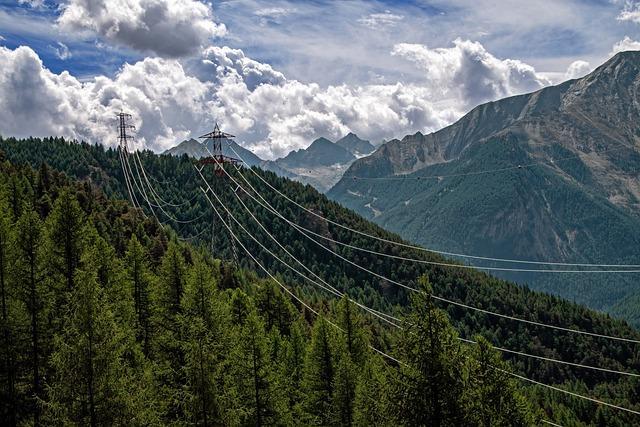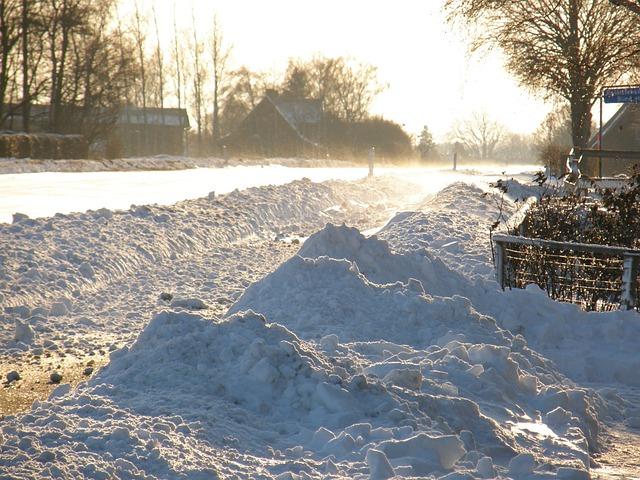Trees are often thought of as essential components of the natural environment, providing oxygen, shade, and habitat for a variety of species. But did you know that trees also play a critical role in regulating temperatures and acting as natural air conditioners? In this article, we will explore the ways in which trees help to cool the air and create more comfortable living conditions in urban and rural areas alike.
There is no denying the significant impact trees have on the surrounding environment when it comes to cooling effect and reducing the urban heat island effect. Trees act as natural air conditioners, providing shade and releasing moisture through transpiration, which helps lower the temperature in their vicinity. Certain tree species are more effective at this than others, such as **maple, oak, and birch**.
Planting and caring for trees in a strategic manner is essential to maximize their cooling benefits. When planting trees, consider factors like **sun exposure, soil quality, and proximity to buildings**. Regular maintenance, such as watering and pruning, is also crucial to ensure the trees remain healthy and continue to provide cooling benefits to the environment.
| Tree Species | Effective Cooling |
| Maple | Provides ample shade |
| Oak | Thrives in various environments |
| Birch | Reliable cooling effect |
Q&A
Q: How do trees act as natural air conditioners?
A: Trees provide shade and cool the air through a process called evapotranspiration, where they release water vapor from their leaves.
Q: What are some benefits of trees as natural air conditioners?
A: Trees can reduce the temperature in urban areas, improve air quality by filtering out pollutants, and lower energy costs by reducing the need for artificial cooling.
Q: How can trees be strategically planted to maximize their cooling effects?
A: Planting trees on the south and west sides of buildings can provide shade during the hottest parts of the day, while also allowing for cooling breezes to pass through.
Q: Are certain types of trees better at cooling than others?
A: Deciduous trees, which lose their leaves in the winter, are often preferred for their ability to provide shade in the summer and allow sunlight to pass through in the winter.
Q: How can individuals contribute to the cooling effects of trees in their community?
A: Planting trees in their own yard, participating in community tree planting initiatives, and advocating for the protection of existing trees can all help to enhance the cooling benefits of trees in a local area.
Conclusion
In conclusion, trees are not only beautiful additions to our landscapes but also serve as natural air conditioners, helping to reduce heat in urban areas and improve overall air quality. By understanding and appreciating the cooling benefits that trees provide, we can work towards incorporating them into our cities and communities to create a more sustainable and comfortable environment for all. So next time you’re looking for a way to beat the heat, consider planting a tree - it’s not only good for the planet, but for your own well-being as well.
Simpsons Tree Services, Servicing Melbourne’s North Eastern Suburbs
Book a quote online at www.simpsonstrees.com.au




